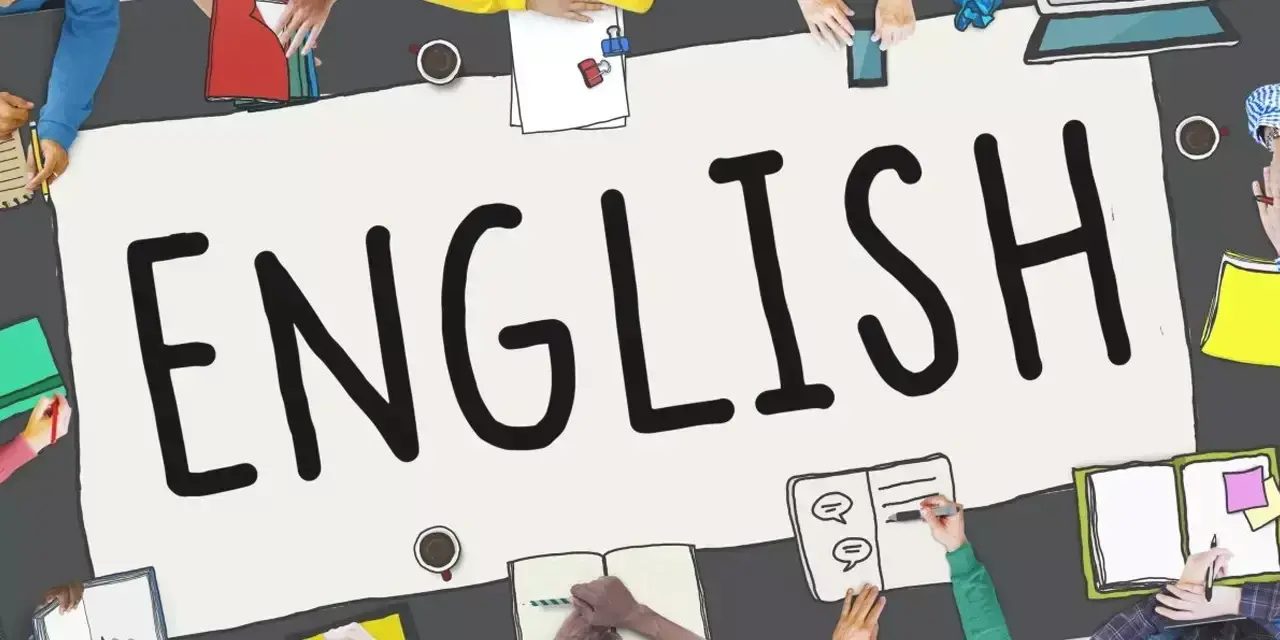Blog
·Latin Can Be Fun!

Latin forms the building blocks of the English language and should be taught in all schools.
At Lexonik, we carried out a poll on Twitter recently asking the question – ‘Is Latin fun?’
The results are in and they were:
No – 64%
Yes – 36%
I would really like to see this change; in fact, I would go as far as to say this MUST change.
It can be great fun to learn; it just depends how the instruction is being delivered.
How should we approach the teaching of Latin?
By teaching Latin, we can really improve our students’ vocabulary knowledge and start to become serious about closing the vocabulary gap that everyone seems to be talking about at the moment.
Students need to be taught the origins of words so they can access and understand the academic vocabulary we expect them to be using. But first we need to get them to engage with the lesson. If it is presented in a boring fashion they will not engage. It needs to be taught in a fast, focused and fun manner to engage our students of today; they also need to understand its relevance.
I often refer to our Lexonik programmes as a modern, fun version of Latin and when students tell me “I feel like Inspector Clouseau” or “I never knew words gave you clues”, I know the teaching of Latin in our programme is both engaging and motivating. It is also highly effective in developing their vocabulary knowledge.
English is a hybrid language; it has been altered and influenced by many other languages over the centuries.
Our everyday, spoken language and the words children learn to speak and read in primary school have evolved from Anglo-Saxon. But as our students progress through school, they start to encounter Latin-based words which are more complex, have more syllables, more abstract meanings, and different pronunciations and spelling patterns. These words need to be taught in an explicit, systematic, orderly fashion, just as we do with phonics teaching. Phonics is fun too, by the way!
Latin is essential for everyone, for all abilities and all social classes, but it is probably more valuable and makes a bigger difference to the disadvantaged students who are language starved and not accessing the vocabulary they need in order to demonstrate their abilities across subjects. We need to make sure these students are supported and encouraged to acquire the necessary language skills, otherwise their life chances are limited.
“The limits of my language mean the limits of my world.”
– Ludwig Wittgenstein
Latin needs to be taught when students start to need it. They need it when they begin to encounter thousands of new words across all curriculum areas. At this point, they will also be able to see the point of learning it and they will be able to start applying it in lessons.
Studying a new subject requires knowledge of a whole new set of vocabulary. Think of all the new words they will encounter when studying biology, chemistry, physics, maths, history and geography. The first task in learning a new subject is to learn the vocabulary. Learning the vocabulary is half the battle.
So how can we prepare our students and help them master the tremendous demands of learning the specialised vocabularies? The answer is… teach them Latin. Latin provides the root meanings; it makes connections between words and that is what learning is all about – making connections. The more you know, the more you can learn and the easier it is to acquire new knowledge because it builds upon something you already know, and building upon those connections takes learning to the next level. It makes you think for yourself, developing that all-important skill of metacognition.
So, how can Latin become fast, focused, and fun?
Lexonik teaches the steps quickly and explicitly. We provide lots of opportunity to recap, consolidate and, practise new knowledge and most importantly, we understand the need to get the students to see its worth and to see how this study will help them across all subjects.
Here are a few tips for you to put into practice:
- Plan deliberate teaching sessions of new vocabulary in lessons that include lots of repetition.
- Don’t fall into the trap of simply creating word displays and providing definitions of new vocabulary.
This only creates passive learners. Instead, ask students to provide a definition and then ask questions such as ‘Is that right? How do you know? Are you sure?’ This is so much more powerful and it encourages independence and resilience.
Don’t teach one word in isolation. Teach related words. Here is one example to get you started:
Let’s take the word ‘perpendicular’.
Ask students to think of other words that contain ‘pend’, e.g. suspend, suspension, impending, depend, independence, perpendicular, pendulum, pendant.
Ask the students what basic meaning do they all have in common? They all have something to do with hanging – ‘pend’ means to hang:
A lady’s pendant hangs down from her neck.
Independence means you do not ‘hang down’ on the need of something or someone.
A perpendicular line hangs down and meets the horizontal line at 90 degrees.
Students need to be taught how to look for the clues for themselves. We teach them what clues to look for; we provide fast-paced activities which are always timed, which turns the activity into a game. It engages and motivates and it works.
So, you see – Latin can and should be made to be fun!
If you feel like you want to learn more about our intervention programmes check them out here or if you’re looking for advice, get in touch.